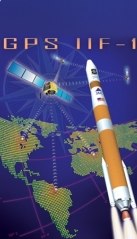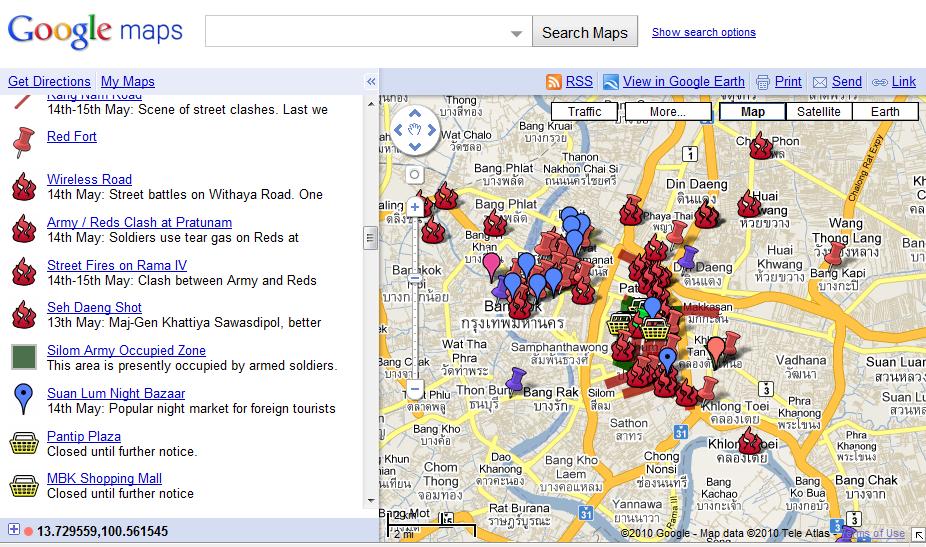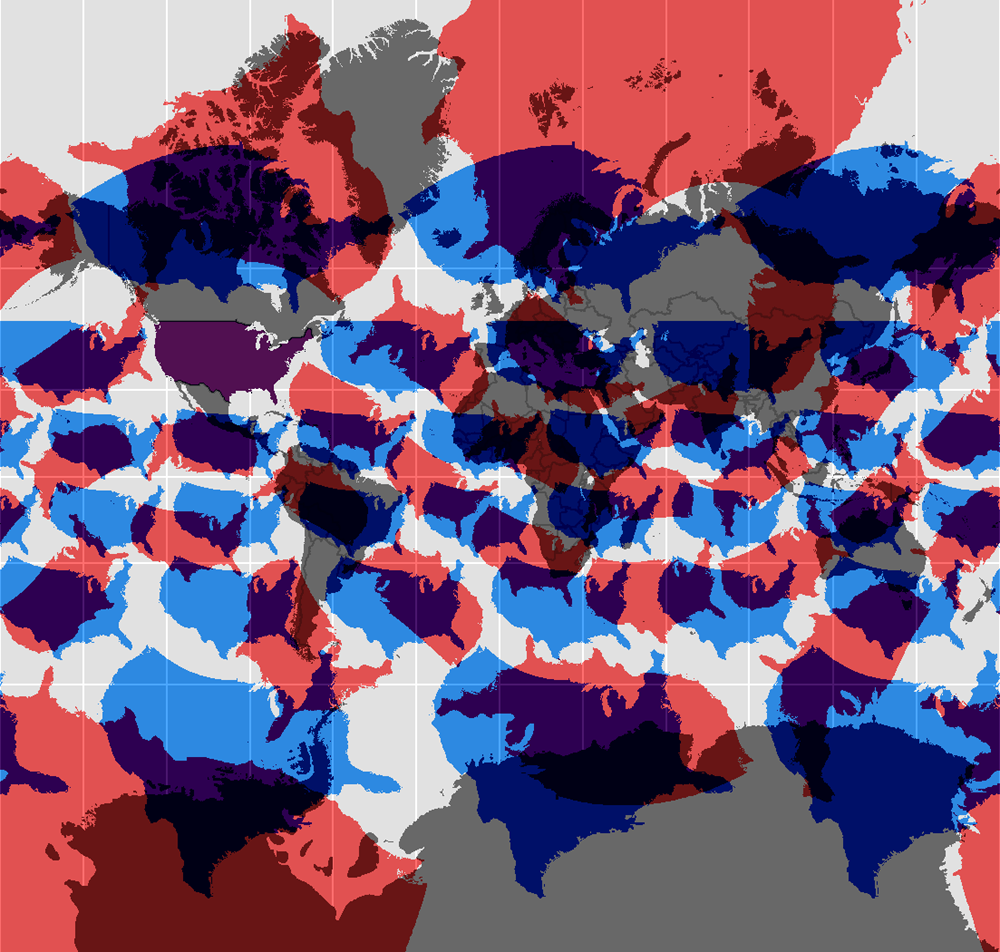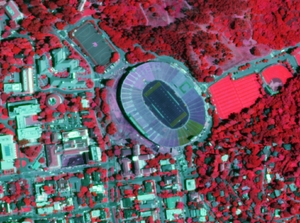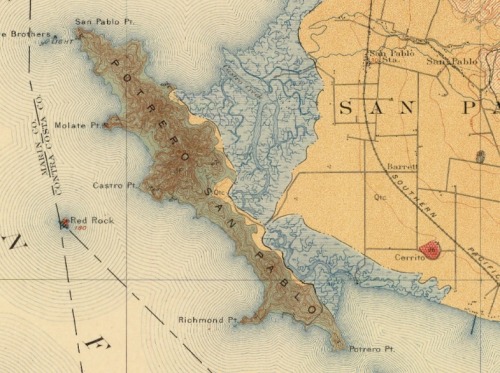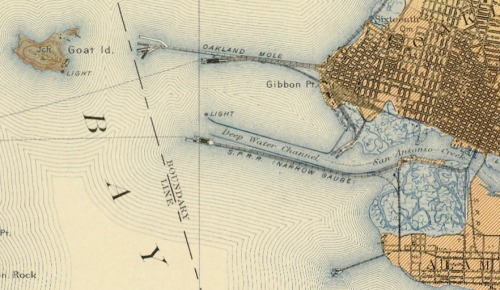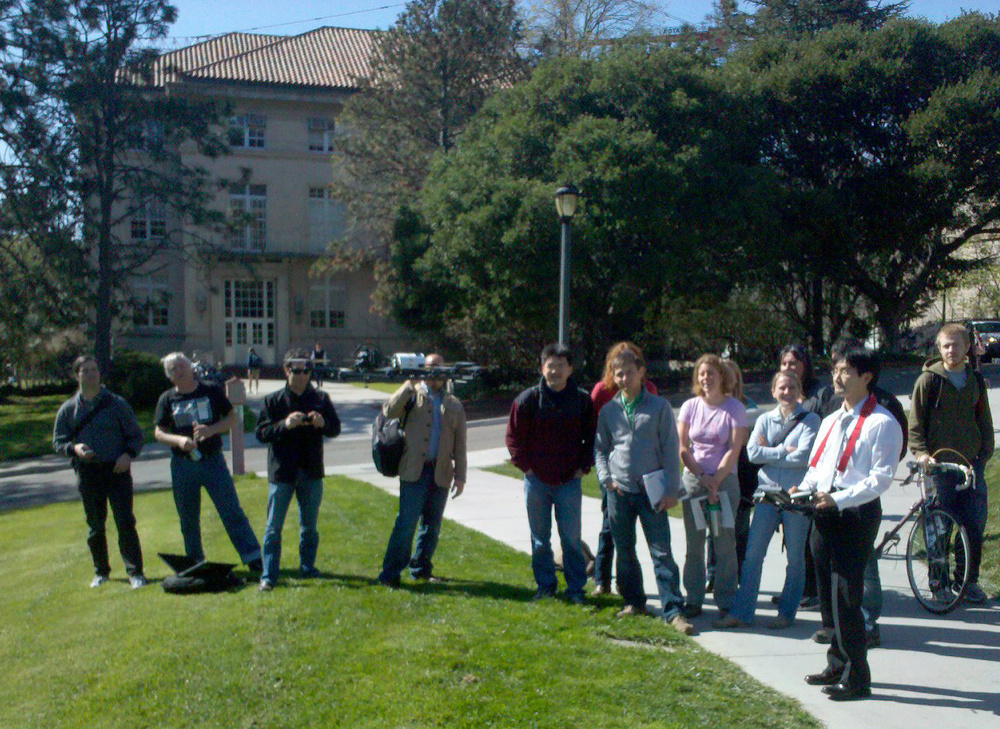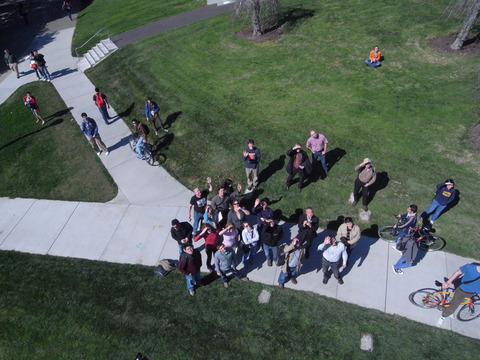ArcGIS.com online mapping now available
/ESRI has just launched a public beta version of their online mapping service on arcgis.com.
At the ArcGIS.com site, you can browse featured ArcGIS Online content such as maps and applications published by ESRI and the ArcGIS community, and add comments and ratings. You can upload and share your own items, either with specific groups that you created or are a member of, or you can share your items publicly. Use the newly designed Web Mapping application to quickly create online mashups that you can also share with others.
The design and interface is nicely done, and includes easy access to many of ESRI's online basemaps. This site launch coencides with a greatly updated version of ArcGIS Explorer which provides a much improved free GIS viewer, tightly integrated with ArcGIS desktop layers and outputs.
